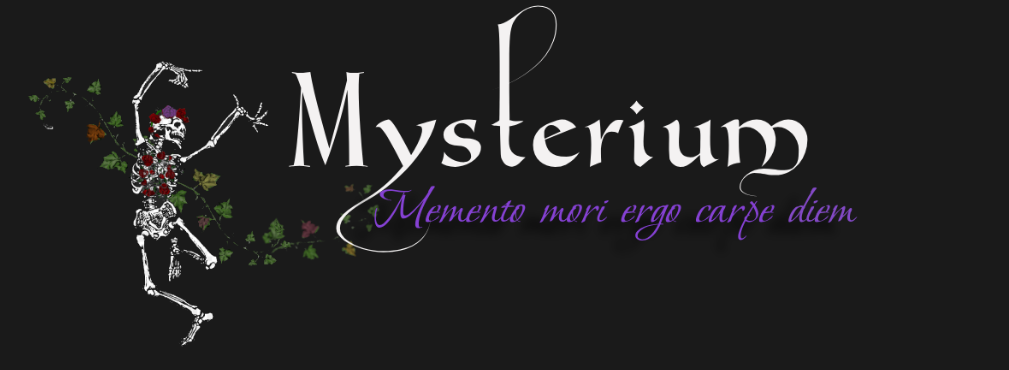
In this article for the BBC, Becca Warner explores a variety of ecologically sustainable funeral options:
“In the face of death, we seek consolation. And it’s been really interesting seeing how there’s been a conflict, in some cases, between what is sustainable and what people find consoling,” she says. Bags of bone ash and compost go some way towards overcoming this by offering us something tangible, an anchor for our grief.
As I consider the various options I’ve learned about – melting, mulching, mycellium – I find my thoughts returning to my first conversation with Inman-Cook. I am taken with the simplicity of natural burial, the absence of any bell, whistle, vessel or chamber. I’m pleased to learn that, based on all she has learned during her scientific analysis, Trofimovaite has reached the same conclusion. “I would try to do it as natural as possible,” she tells me. “Natural burials are the most appealing.” But an unmarked natural burial is a perfect example of the conflict Rugg has identified.
“Somebody says they love the idea of being buried in this beautiful meadow, but they can’t put anything down on the grave,” she says. Rugg describes “guerilla gardening” taking place at one natural burial site, by a family member intent on surreptitiously marking their loved one’s grave with distinctive clovers. “What we’ve got to arrive at is a system which allows us to feel that our loss is special. We’ve got to think about sustainability at scale that still offers consolation.”
